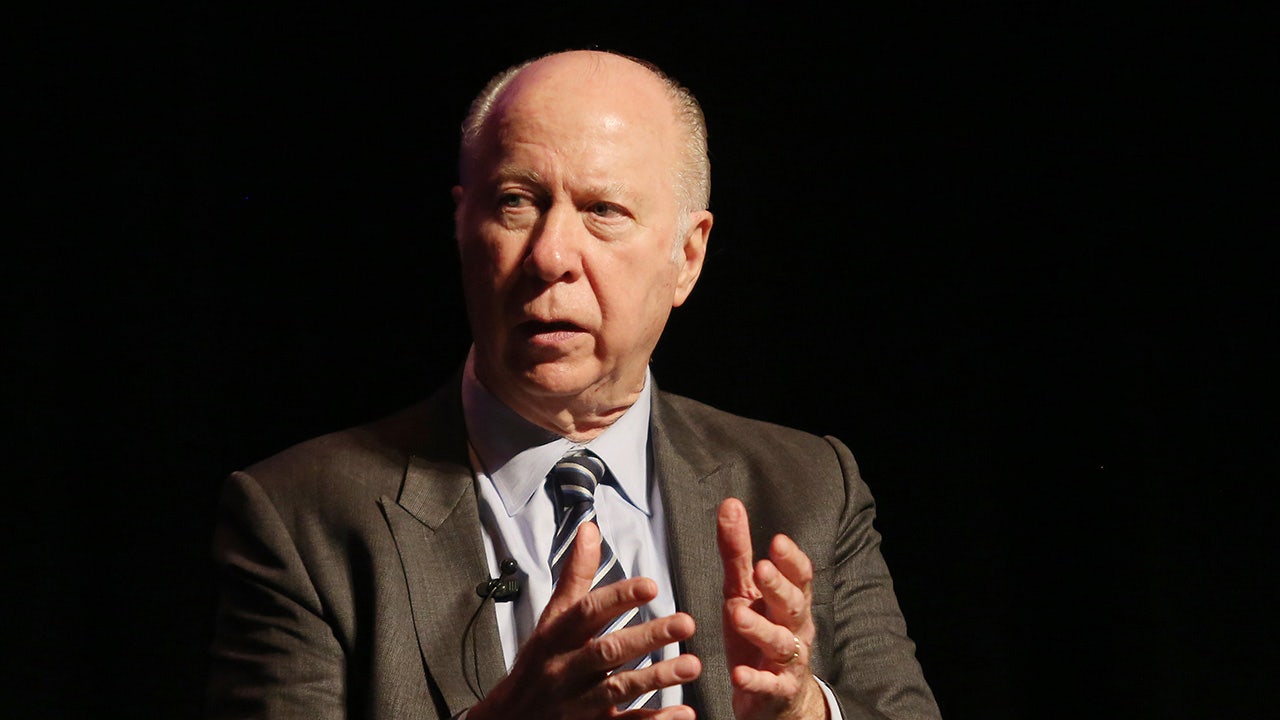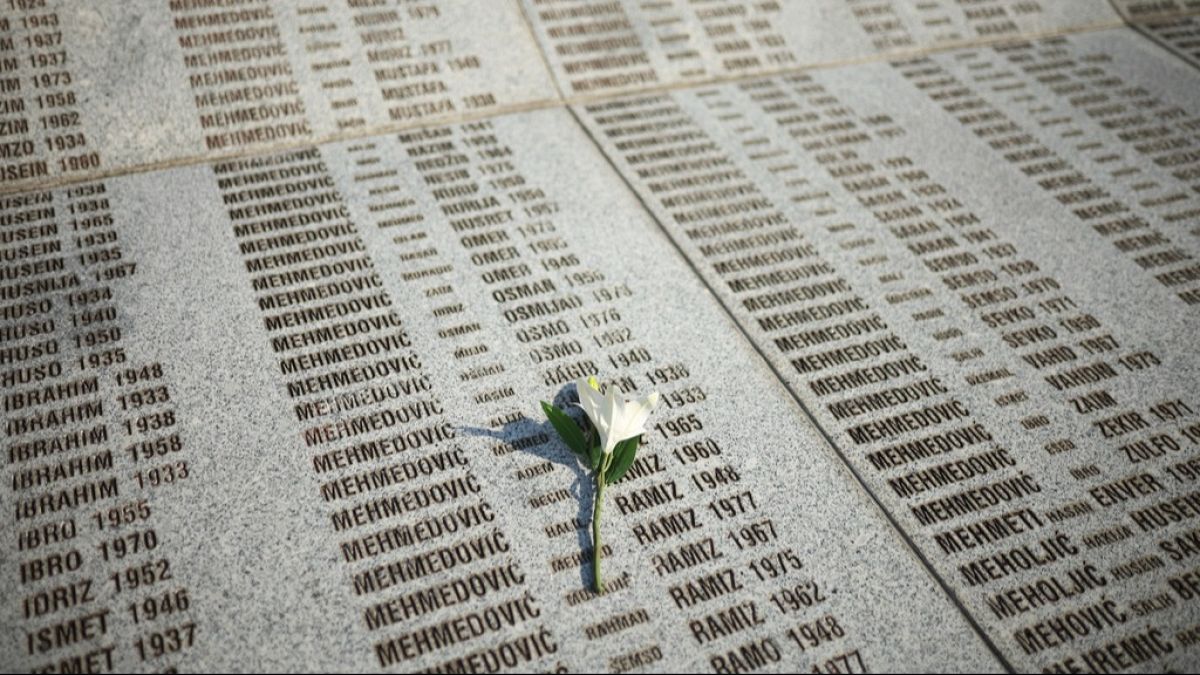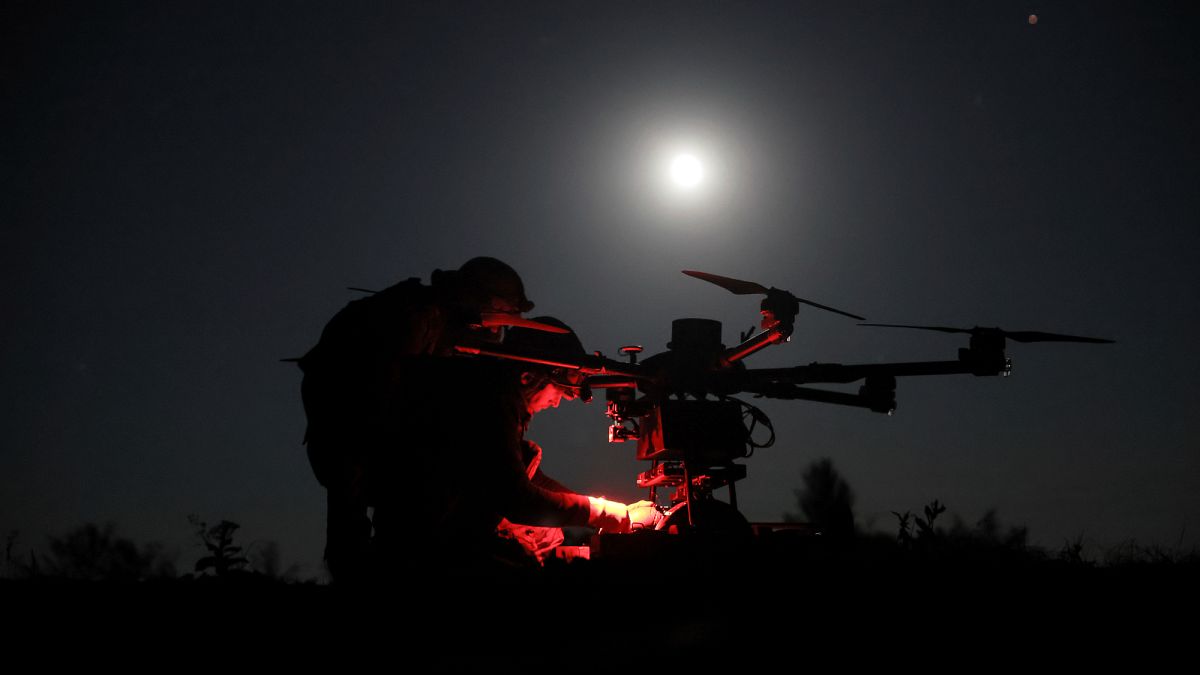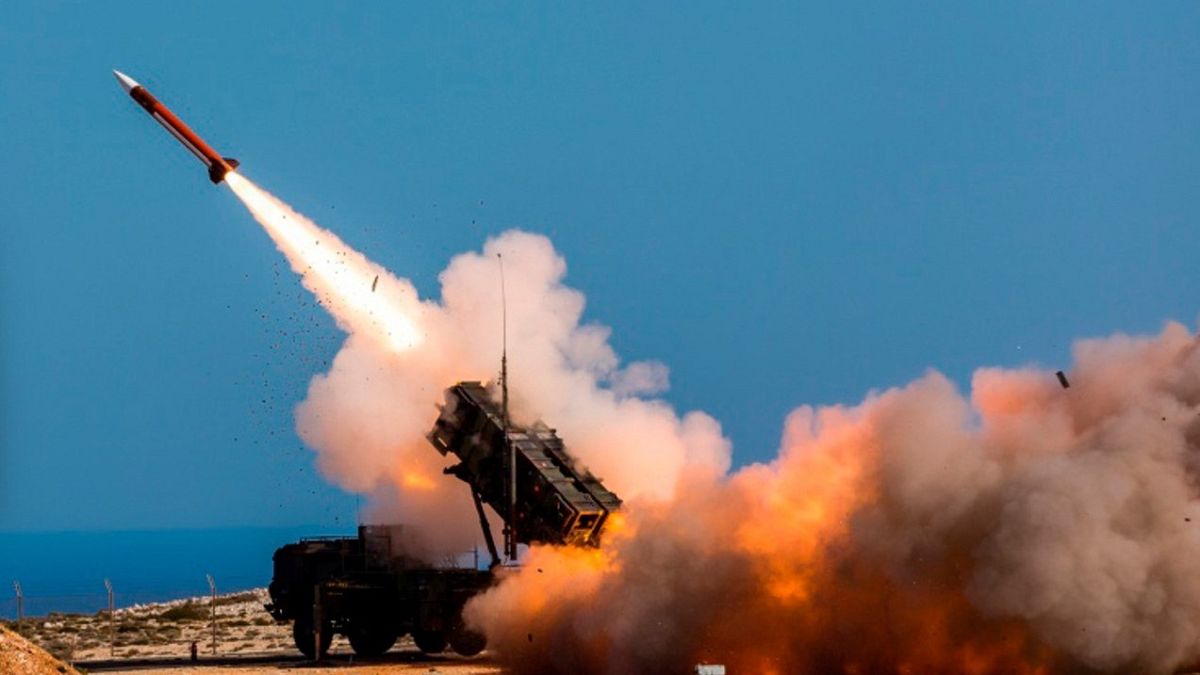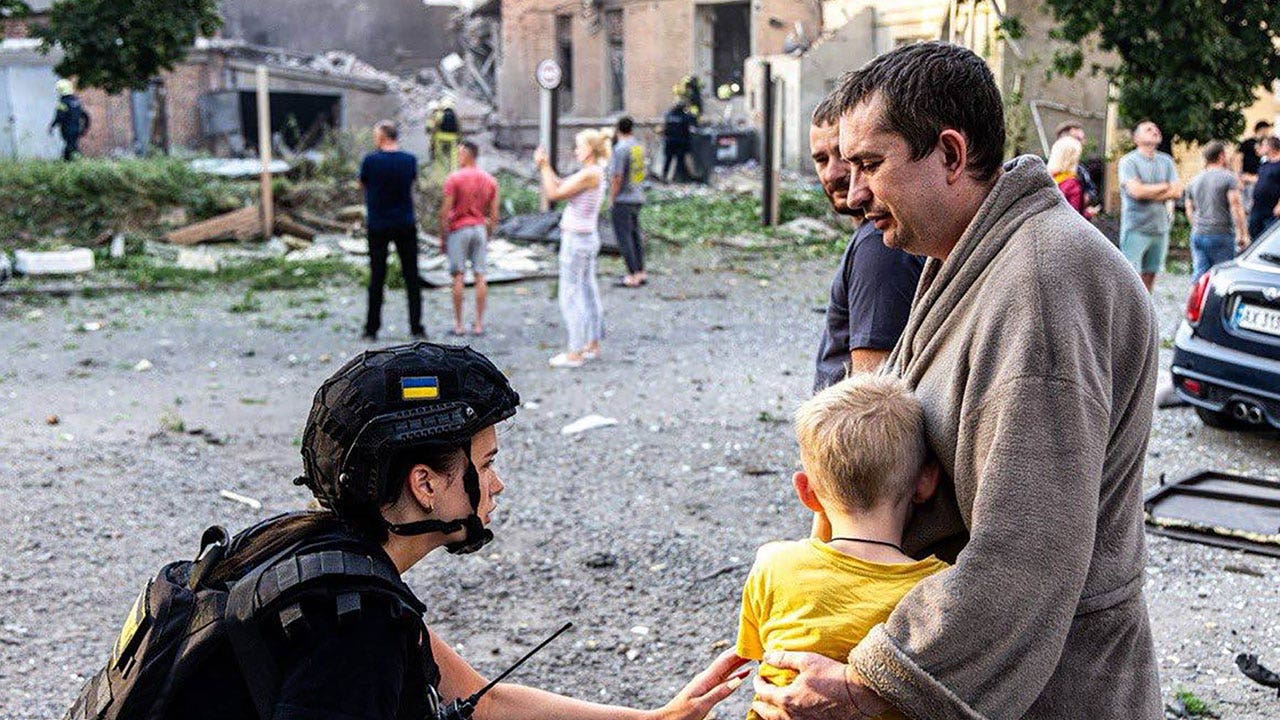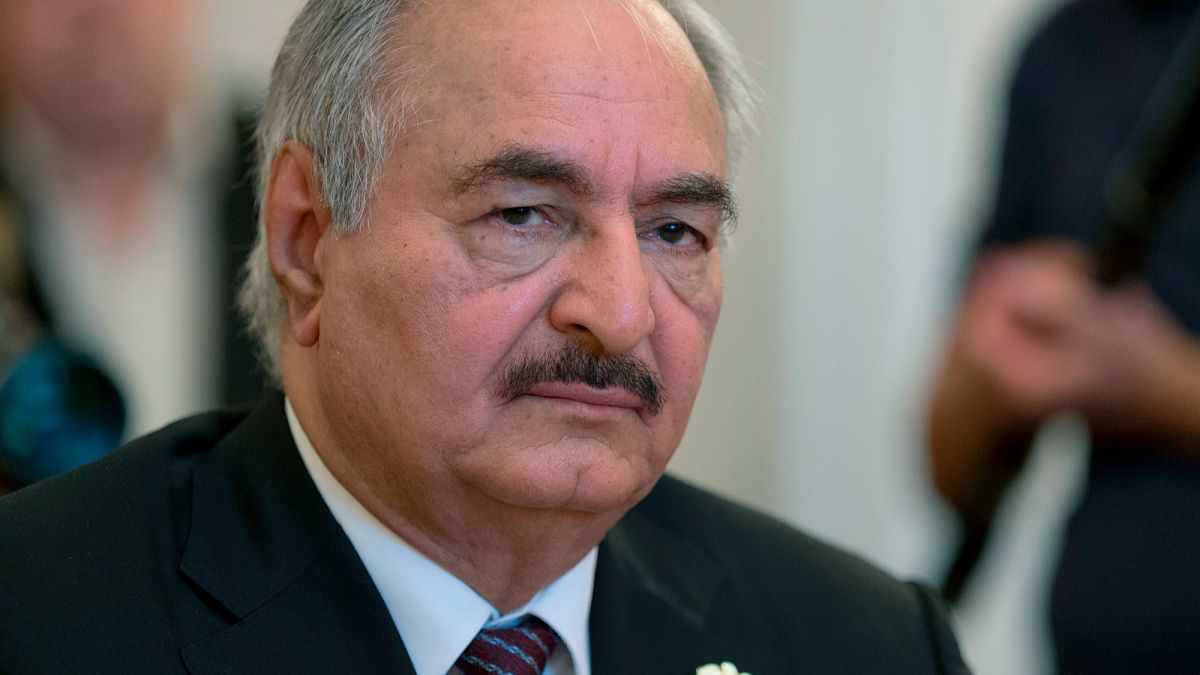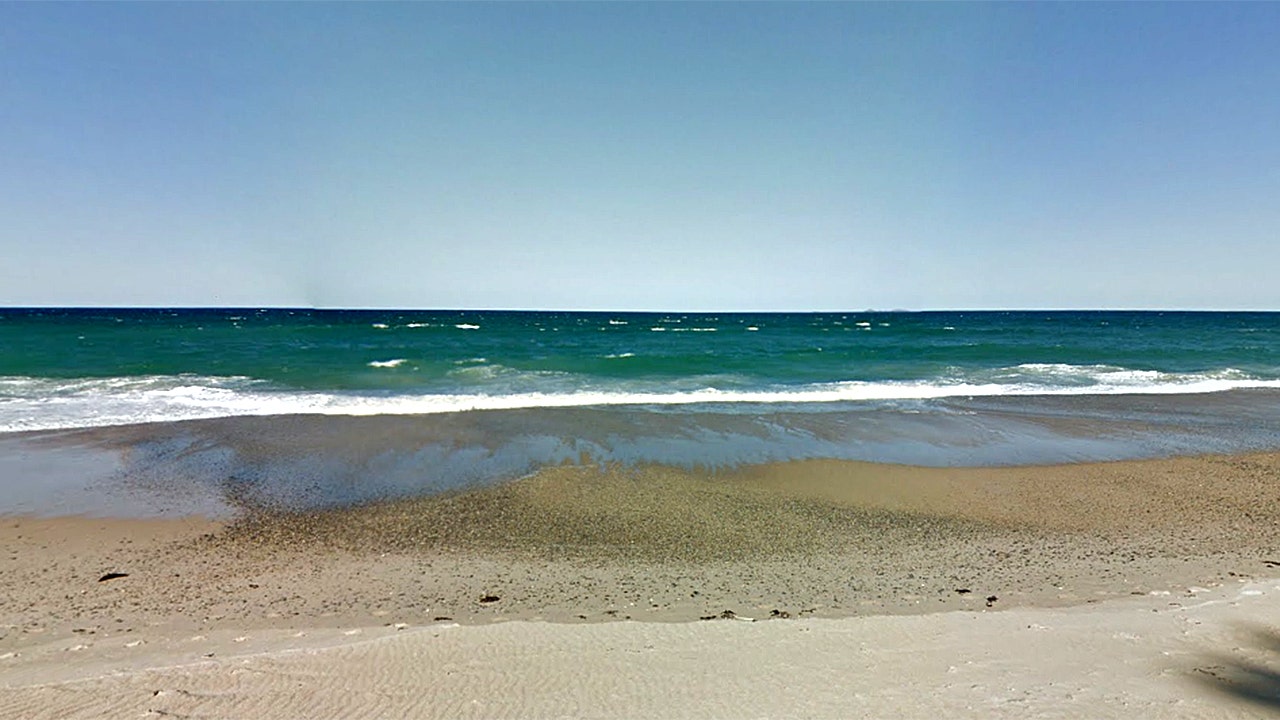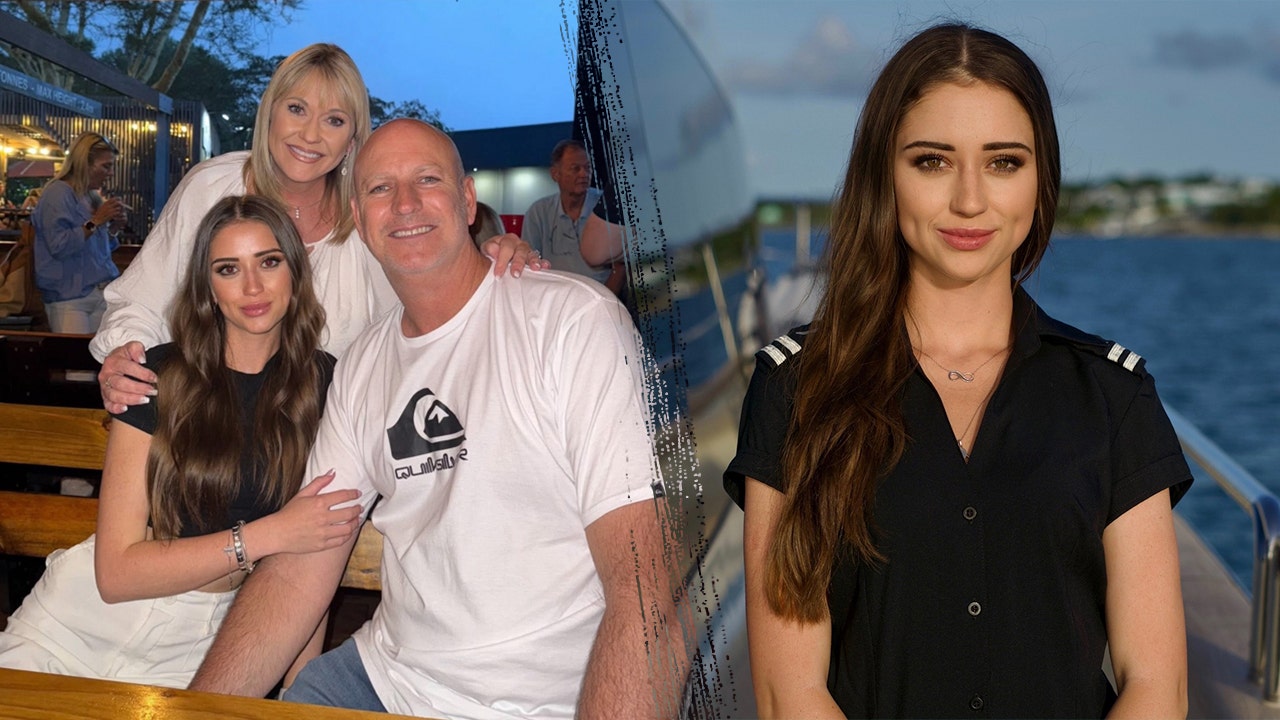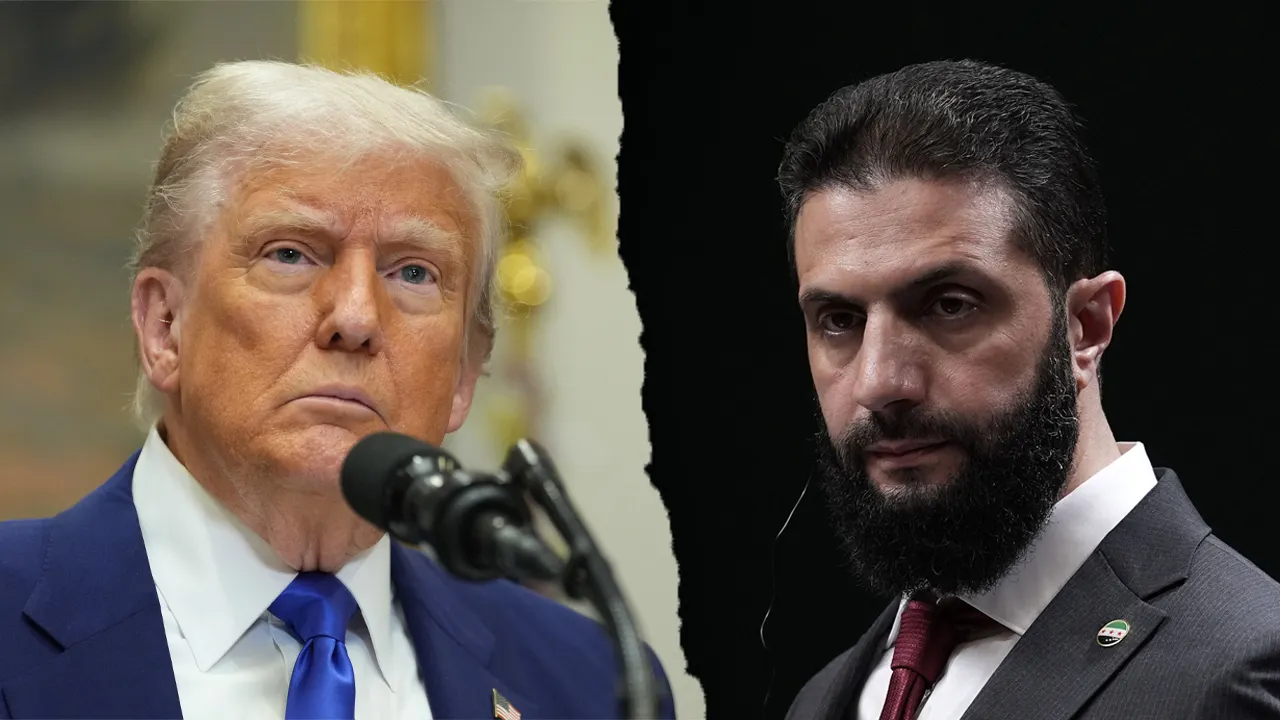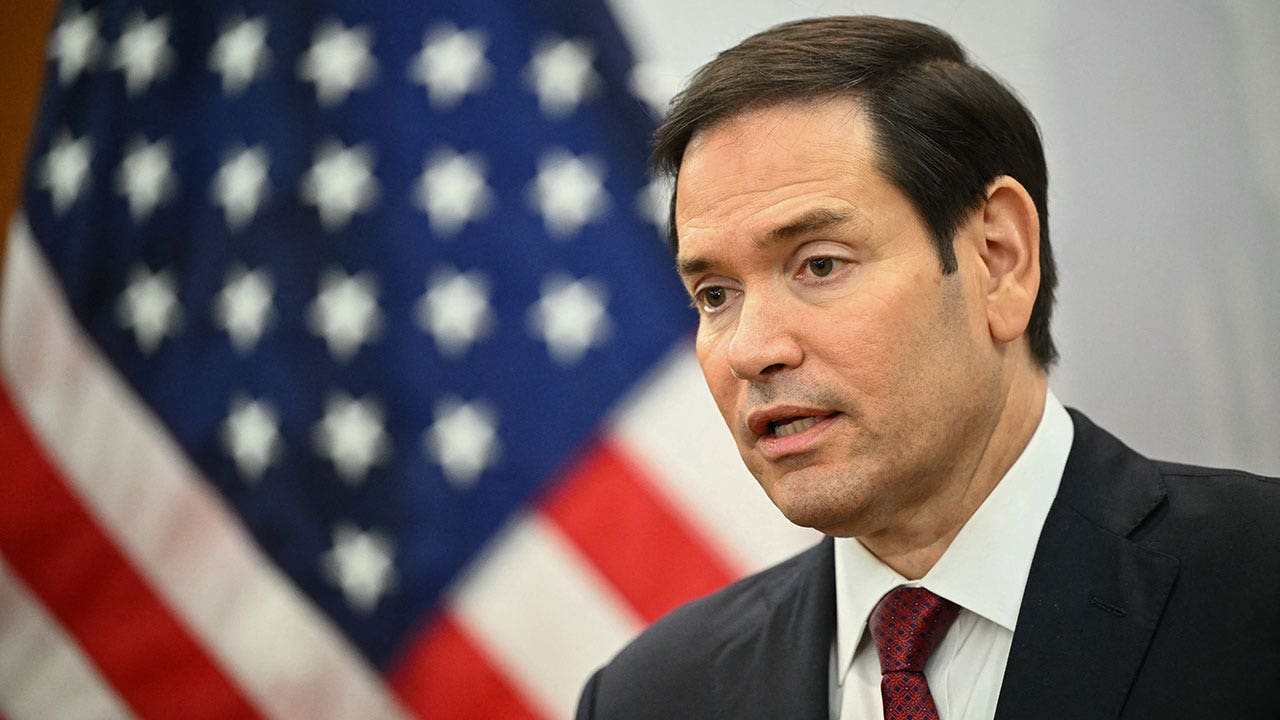Thousands gathered in the eastern Bosnian town of Srebrenica to mark the 30th anniversary of Europe’s only recognised genocide since the Holocaust.
In July 1995, more than 8,000 Bosniak boys and men were rounded up and summarily executed by Bosnian Serb forces over the course of several days after the fall of Srebrenica, which was deemed a UN safe area and meant to be under the protection of UNPROFOR international peacekeepers.
Seven newly identified victims, including two 19-year-olds, will be laid to rest in a collective funeral on Friday at the large memorial cemetery in Potočari near Srebrenica, next to more than 6,000 victims already buried there.
The burials are held annually for the victims who are still being unearthed from mass graves scattered across the general region of eastern Bosnia. In some cases, relatives can bury only partial remains of loved ones, found after they were relocated to secondary or tertiary mass graves, sometimes at a significant distance apart.
This was the case for Mirzeta Karić, who is awaiting her father’s burial. “Thirty years of search and we are burying a bone,” Karić said, teary-eyed next to her father’s coffin.
“I think it would be easier if I could bury all of him. What can I tell you, my father is one of the 50 (killed) from my entire family.”
The International Criminal Tribunal for the former Yugoslavia in The Hague (ICTY), the Court of Bosnia and Herzegovina and courts in Serbia have sentenced 54 people to 781 years and five life sentences for crimes committed in Srebrenica, including genocide.
The wartime president of Republika Srpska, Radovan Karadžić, and the commander of the Army of Republika Srpska (VRS), Ratko Mladić, were among those sentenced to life sentences.
Out of 20 verdicts at the ICTY, seven include verdicts for the crime of genocide. The Court of BiH has issued 33 verdicts for crimes committed in Srebrenica, of which 17, according to the court’s data, were for genocide.
A total of 6,765 victims have so far been buried in the Srebrenica-Potočari Memorial Centre, while 250 victims have been buried in local cemeteries at the request of family members. Around 1,000 more victims are still being sought.
The UN General Assembly adopted a resolution last year commemorating the Srebrenica genocide on the 11 July anniversary.
Scores of international officials and dignitaries, including European Council President António Costa, European Commissioner for Enlargement Marta Kos and Croatian PM Andrej Plenković, are in attendance at the commemoration ceremonies and the funeral on Friday.
Furthermore, NATO Secretary General Mark Rutte — whose Dutch compatriots were tasked with and failed to protect the UN safe area in Srebrenica in 1995 — addressed those gathered via a pre-recorded video message to mark “a tragedy that shocked the world and forever connected my country with yours.”
“I visited the memorial centre in Potočari as the Dutch prime minister and I met with some mothers of sons who will never grow old,” Rutte recalled.
“We will never forget the horror of those dark days and our thoughts are with all those who were affected.”
European Commission President Ursula von der Leyen took to her social media to mark the occasion and honour the victims, their memory and their families.
“We must remember and preserve the truth, so that future generations know exactly what happened in Srebrenica,” wrote the Commission chief in a post on X.
Additional sources • AP
Read the full article here




